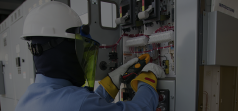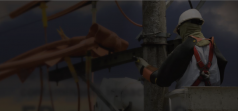Por Aguinaldo Bizzo de Almeida
Engenheiro Eletricista e de Segurança de Trabalho
A exposição ao risco de arco elétrico é um risco intrínseco para os profissionais que realizam atividades de operação e manutenção de instalações elétricas, tanto no SEP (Sistema Elétrico de Potência), quanto no SEC (Sistema Elétrico de Consumo).
Read More










